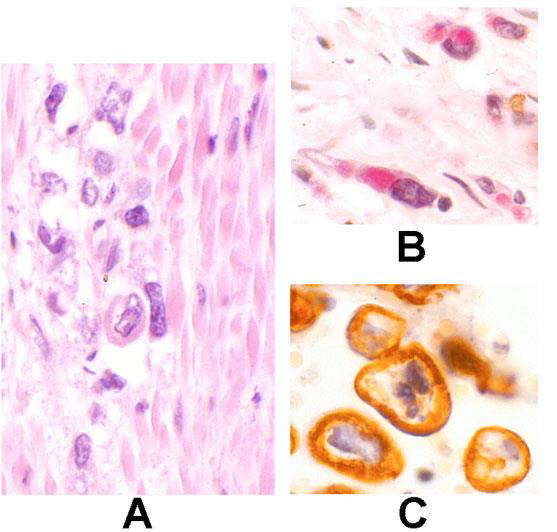I am going to answer the sample USMLE Step 1 Questions with Explanation. These questions are available at USMLE.org

Q- An 82-year-old woman has a 7-month history of increasing indigestion, upper abdominal bloating, and early satiety. Photomicrographs of her gastric wall are shown: A is a hematoxylin and eosin stain; B is a mucin stain; C is an immunostain for cytokeratin. Which of the following is most likely to have decreased expression in these cells?
(A) Cathepsin D
(B) Epithelial cadherins
(C) Heparin-binding fibroblast growth factors
(D) Integrins
(E) Type IV collagenase
(F) Vascular endothelial growth factor
Copyright © 1996-2021 Federation of State Medical Boards (FSMB) and National Board of Medical Examiners (NBME). All rights reserved. The United States Medical Licensing Examination® (USMLE®) is a joint program of the FSMB and NBME.
Answer
Based on the clinical presentation of a patient with a 7-month history of indigestion, bloating, early satiety, and histologic findings of changes in the gastric wall (likely showing gastric adenocarcinoma or some form of gastric epithelial malignancy), we can analyze which of the molecular markers listed is most likely to have decreased expression in malignant cells.
Gastric adenocarcinoma is associated with alterations in cell adhesion molecules. One of the hallmark molecular changes in many epithelial cancers, including gastric cancer, is the decreased expression of epithelial cadherins (E-cadherins). E-cadherins are responsible for maintaining cell-to-cell adhesion in epithelial tissues, and their downregulation is often seen in cancer cells, allowing them to detach, invade, and metastasize.